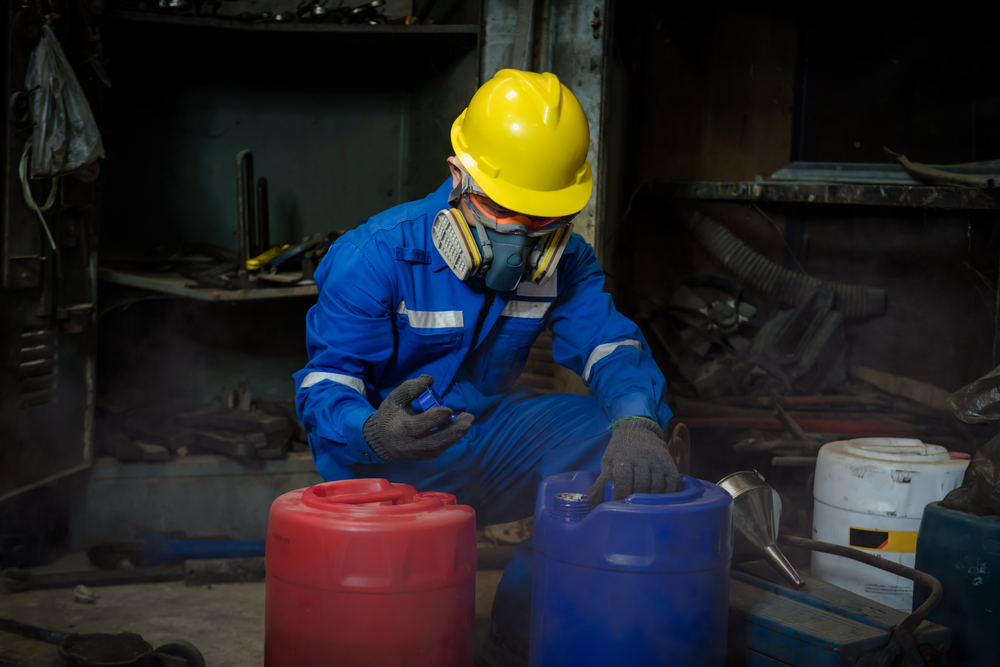Whether you have a confined space in an oil refinery, a production area in a manufacturing plant, or a laboratory in a medical research facility, a toxic gas buildup can happen at any time. This danger is a major concern for large facilities, but there’s a solution. By combining the latest technological advancements, sophisticated alarm systems, and wireless technology, companies can invest in toxic gas detectors that provide ample warning. If you regularly work with toxic gases or materials, make sure you choose a detection system with the following features.
What Should a Gas Detector Have?
Deciding whether you need a gas detector or not shouldn’t be the question. If your facility handles materials that can adversely affect your health in the case of a leak, a gas detector is non-negotiable. As you start to research the different types of detectors, make sure these features are included.
- Sensor Life Indication
- Optional outputs
- Smart Sensor Technology
1) Sensor Life Indication
How would a technician know when a sensor would need to be replaced if there is not a ‘visible expiration date’ on it? Typically a person would need to know how to look for tell-tale signs of sensor response to the target gas to be able to determine sensor life. This is a very tedious practice at best and subjective at worst. In order to eliminate the ‘human error’ and speed up the maintenance process, the sensor life indication has been made available. This takes guessing out of determining sensor life as well as reduces the cost of replacing sensors prematurely.
There are 2 different ways to derive sensor life indications. One way is based on a simple timer. Companies determine a rough estimate of how many days and/or hours a sensor will last and use a general number as a count-down.
However, this method does not take into consideration what the sensor was exposed to and how many times. A better and more accurate way to determine sensor life is by actually measuring the sensor response to the calibration gas and converting the response to a meaningful display for the user. Displaying sensor life this way will take all guessing out of decision making, reduce inventory, and speed up maintenance.
2) Optional Outputs
One of the most important options in a gas detector is the availability of signals and signal types. Detector outputs allow the detector to communicate or otherwise signal a monitoring device of an upset. Typically 4-20mA signal is used in the Oil and Gas industry, however, other communication protocols have been accepted by customers. Sometimes while a standard communication protocol is specified, i.e. 4-20mA, an additional mode of signaling is preferred, i.e. relays and/or digital communication protocol like Modbus. The detector you select, should give you both types of options and not have to make you select one over the other.
3) Smart Sensor Technology
Industrial gas detectors should be equipped with smart sensor technology. Smart sensor technology allows users to track information like installed date, born-on date, calibration intervals, and sensor life indication. Features such as these, allow users to have more information readily available in reference to their maintenance plan and detectors.
Accuracy & Reliability is Key
Investing in a gas detector for your facility is one of the best first steps to ensuring that your workers are safeguarded from danger. We’re proud to offer various detection systems equipped with design features such as magnetic switches, making it easy for engineers and technicians to perform calibration and configuration. It’s our goal to provide gas detectors that are both easy to maintain and adaptable for the toughest work environments.
Do you regularly work in areas where toxic and/or combustible gases are present? Get in touch with our team for a customized solution today.

